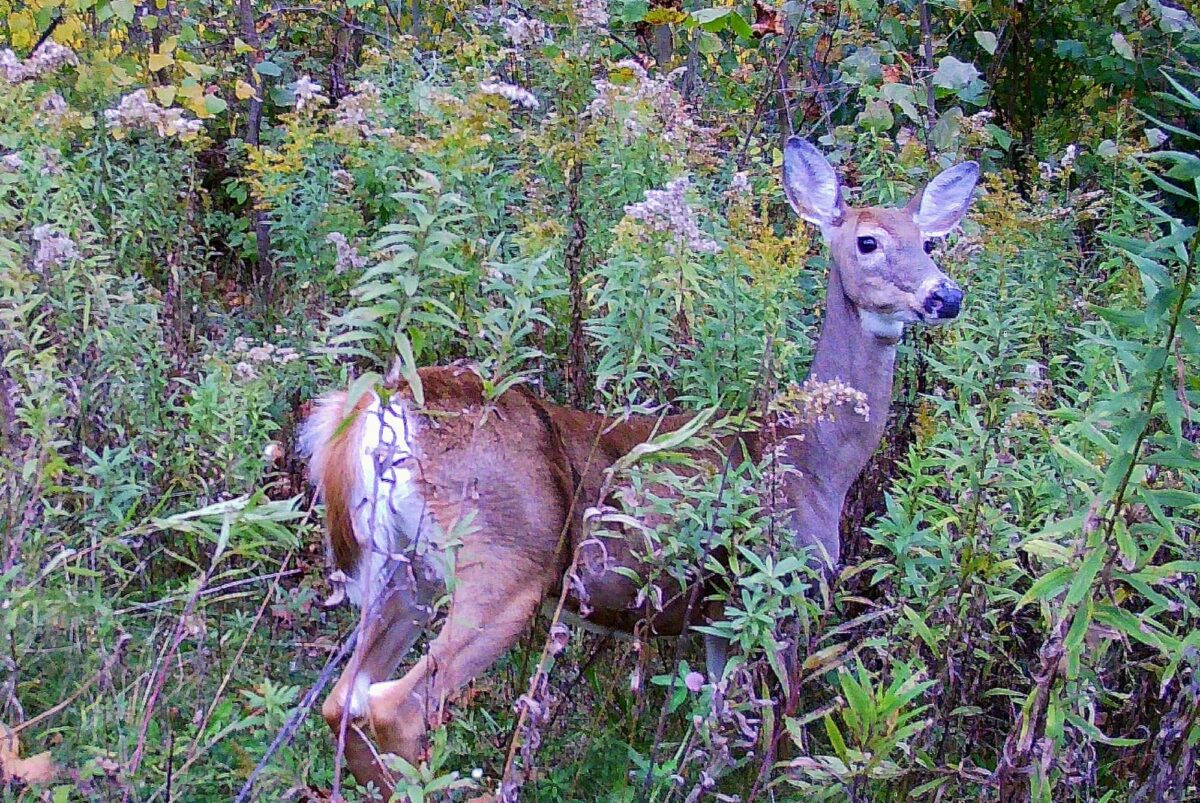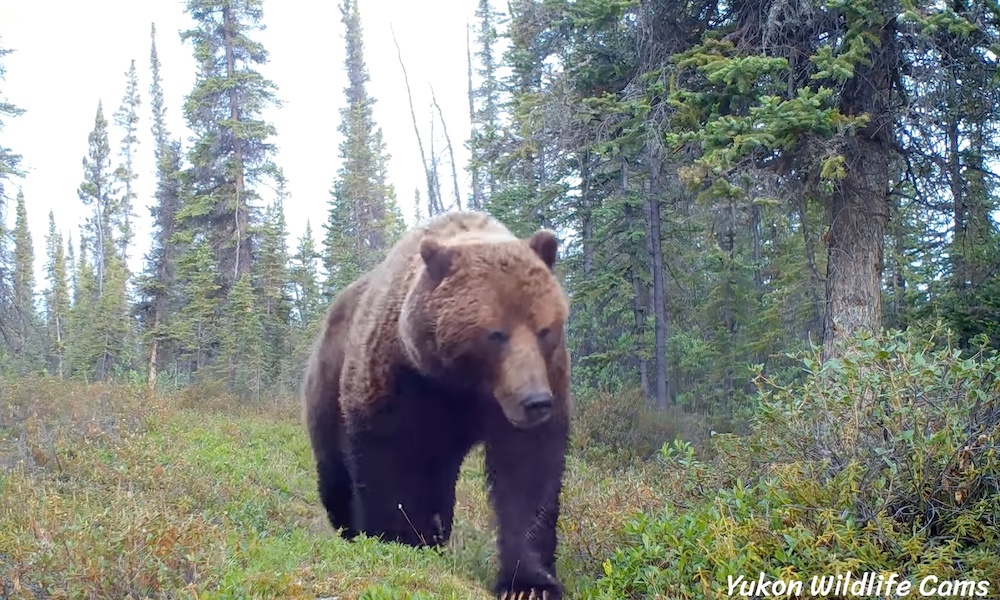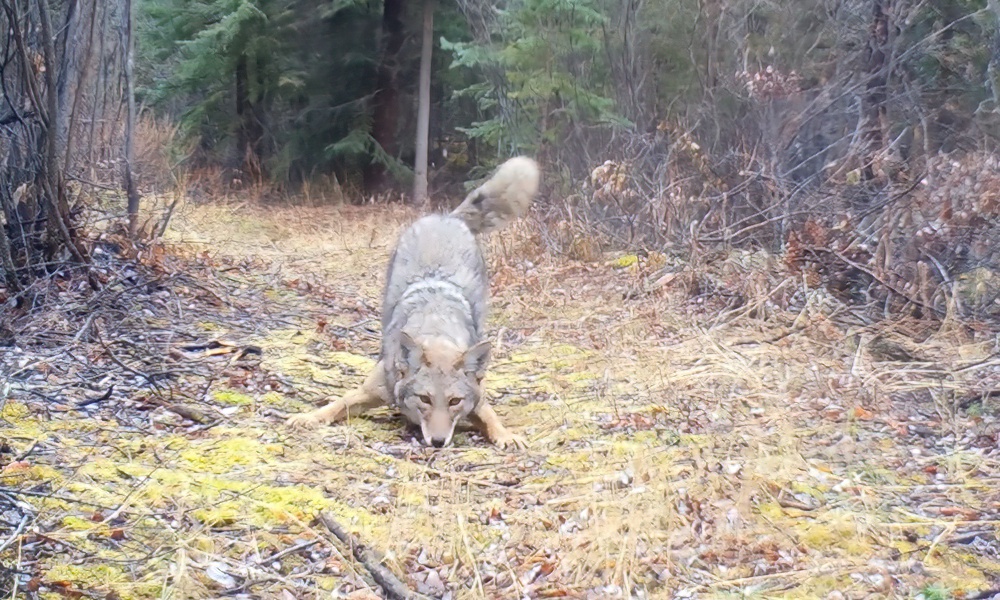A trail-cam operator in the Yukon Territory has shared “near-encounter” footage showing grizzly bears in front of his camera on the same days as his maintenance visits.
Those who monitor trail cameras in grizzly bear country must wonder how close they might be to bears when they check their devices.
The accompanying footage, featured by David Troup of Yukon Wildlife Cams, provides an interesting perspective of what it’s like to be the person who maintains the cameras.
In his Facebook post, Troup revealed how much time passed between grizzly bear visits to the camera site and Troup’s visits on the same days.
“On four occasions this summer I checked cameras on the same day as grizzlies visited, with an increasing trend in separation times, thankfully,” Troup stated. “The near encounters were separated by times of (hours:minutes) 2:24, 4:38, 6:56, and 7:27.”
The bears include a probable large boar at the beginning of the footage, and a sow with cubs.
Troup, who appears in front of the camera between bear appearances, cautioned anyone entering bear country to carry bear spray, make noise, and “hope the space-time continuum is on your side.”
Facebook followers thanked Troup for showcasing the Yukon Territory’s wildlife, but some expressed concern for his safety.
Troup told FTW Outdoors:
“I just responded to a comment of what my point of the post was so it’s not interpreted as me presenting myself as some ‘brave outdoorsman’ narrative.
“Everyone who spends time outdoors likely has near encounters with a variety of wildlife yet may not realize it. But with trail cams we sometimes capture those moments.”
Viewers will note that the first bear sniffs the camera before continuing its journey.
Wild animals have an acute sense of their surroundings and react to motion-sensor cameras in different ways.
Last year, one of Troup’s cameras captured footage of a “camera-shy” coyote that paused in front of and quickly bounded away from the device.
Troup explained that his cameras are well disguised, but added: “Inevitably wildlife can detect peculiarities in their environment, whether it’s by sight, sound or smell.”





